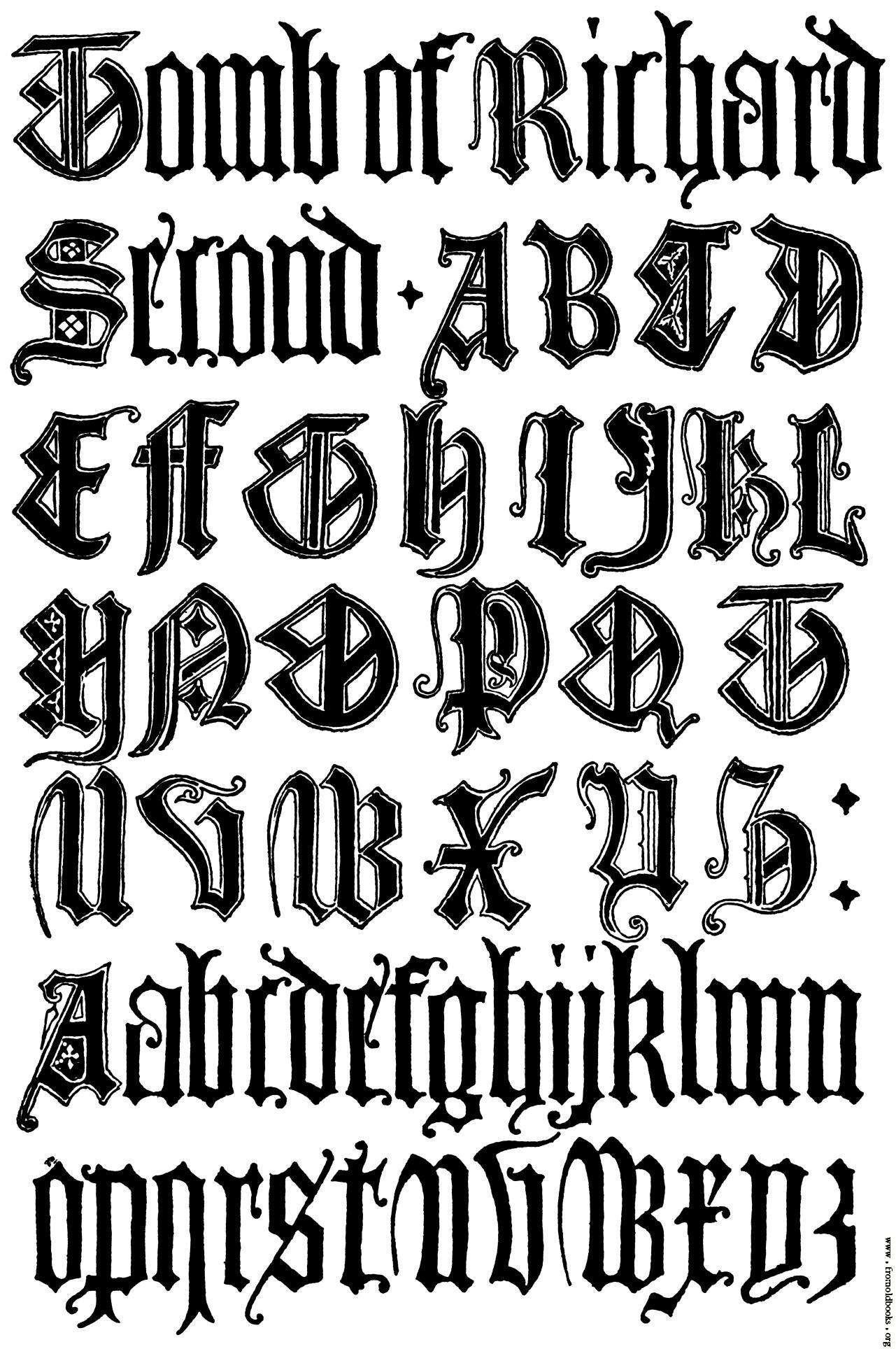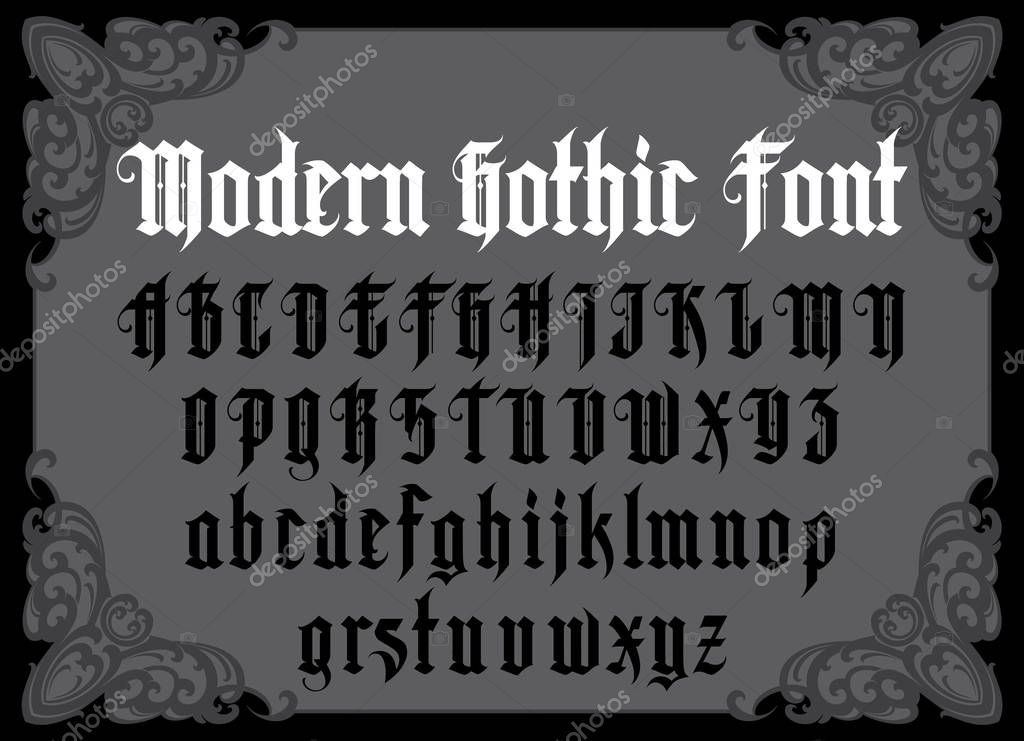
Uuinne < winja "field, pasture" or winna "pain"Įnguz < * iggus or * iggws "the god Yngvi" Quetra < * qairþra ? or qairna "millstone" The names are given in their attested forms followed by the reconstructed Gothic forms and their meanings. Most of them seem to be Gothic forms of names also appearing in the rune poems. The letter names are recorded in a 9th-century manuscript of Alcuin ( Codex Vindobonensis 795). Two letters, 𐍁 (90) and 𐍊 (900), have no phonetic value. When used as numerals, letters were written either between two dots ( Two letters used in its transliteration are not used in current English: thorn þ (representing / θ/), and hwair ƕ (representing / hʷ/).Īs with the Greek alphabet, Gothic letters were also assigned numerical values. Letters īelow is a table of the Gothic alphabet.


Also, the Greek-based script probably helped to integrate the Gothic nation into the dominant Greco-Roman culture around the Black Sea. Ulfilas is thought to have consciously chosen to avoid the use of the older Runic alphabet for this purpose, as it was heavily connected with pagan beliefs and customs. BCEĪdlam (slight influence from Arabic) 1989 CE Caucasian Albanian (origin uncertain) c.Cherokee (syllabary letter forms only) c.This typeface is also available within Office applications.
#Gothic fonts alphabet software#
#Gothic fonts alphabet mac#
All rights reserved.ġ252 LaLatin 2: Eastern Europe 1251 Cyrillic 1253 Greek 1254 Turkish 1257 Windows Baltic Mac Roman Macintosh Character Set (US Roman) 869 IBM Greek 866 MS-DOS Russian 865 MS-DOS Nordic 863 MS-DOS Canadian French 861 MS-DOS Icelandic 860 MS-DOS Portuguese 857 IBM Turkish 855 IBM Cyrillic primarily Russian 852 Latin 2 775 MS-DOS Baltic 737 Greek former 437 G 850 WE/Latin 1 437 US Portions copyright Microsoft Corporation. ITC Franklin Gothic is a trademark of The International Typeface Corporation which may be registered in certain jurisdictions. Franklin Gothic was named by Morris Fuller Benton in honor of Benjamin Franklin, whom Benton greatly admired for his significant contributions to American history and culture, and to printing in particular. This increased x-height ? which improved the typeface's appearance and readability ? and the availability of larger family made ITC Franklin Gothic a preferred choice when setting large blocks of sans serif text. Designed by Victor Caruso, these new designs matched the pure characteristics of the original Franklin Gothic, adhering closely to the subtle thick and thin pattern of the original ATF typeface while featuring a slightly enlarged lowercase x-height. In 1979, under license from ATF, International Typeface Corporation created four new weights ? Book, Medium, Demi and Heavy ? in roman and italic versions. For some unknown reason no light or intermediate weights were ever created.

Over the next several years, the ATF family was expanded to include italic, condensed, condensed shaded, extra condensed and wide variants.

Designed in 1904 by Morris Fuller Benton for the American Type Founders company, Franklin Gothic was originally conceived as only one weight.


 0 kommentar(er)
0 kommentar(er)
